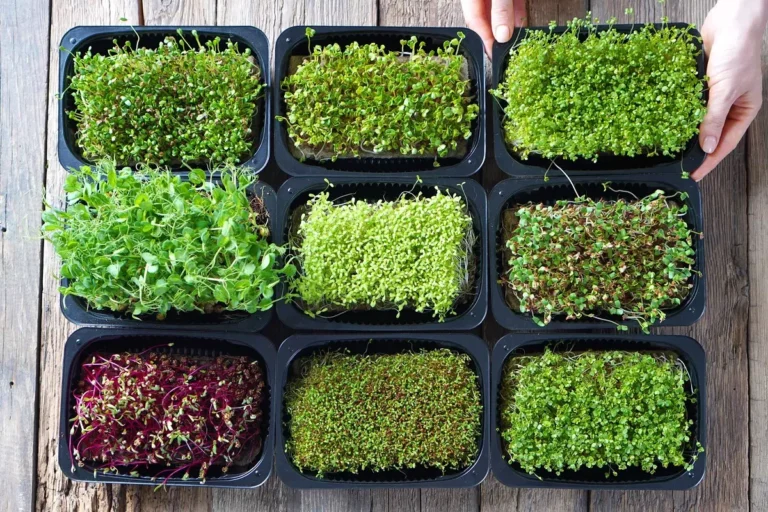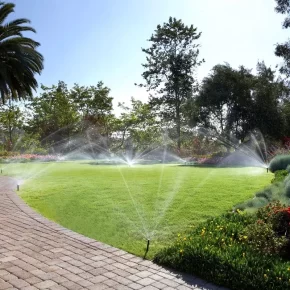Growing vegetables at home in winter is a great opportunity to have fresh vitamins even in the cold season. Thanks to modern methods, such as hydroponics, as well as traditional methods of cultivation, it is possible to provide yourself with greens, vegetables and even berries.
Popular vegetables for winter cultivation

- Salad crops
- Lettuce, arugula, spinach grow quickly and require minimal care.
- It can be grown both in the soil and on hydroponic installations.
- Green onion
- One of the simplest options. To grow, it is enough to put the bulb in water or plant it in the soil.
- Dill and parsley
- These herbs grow well in pots on the windowsill. They are unpretentious and do not need a lot of light.
- Microgreens
- Sprouts of sunflower, radish, broccoli and other crops are ready for consumption 7-10 days after sowing.
- Radish
- It can be grown in small containers. Radish ripens quickly and does not need a lot of space.
- Cherry tomatoes
- Suitable for growing in special indoor greenhouses or hydroponics. Choose low-growing varieties.
- Chili pepper
- Compact varieties grow well in pots and add bright accents to the room.
- Cucumbers
- Self-pollinated varieties are suitable for home cultivation. They can be cultivated in mini-greenhouses.
Methods of growing vegetables in winter
1. Hydroponics

Hydroponics is a method of growing plants without soil, where the roots obtain nutrients from a water solution.
Advantages:
- Faster plant growth.
- Minimum space for placement.
- Ability to automate processes.
What is needed:
- Special containers or systems.
- Pumps for water circulation.
- Nutrient solution with minerals.
2. Pots with soil

A classic method suitable for most vegetables and greens.
Advantages:
- Ease of use.
- Does not require expensive equipment.
Tips:
- Use quality soil and drainage.
- Feed the plants regularly.
3. Aeroponics

Aeroponics is a technology in which the roots of plants are suspended in the air, and the nutrient solution is sprayed in the form of a mist.
Advantages:
- Maximum access of oxygen to the roots.
- Efficient use of water.
Disadvantages:
- Requires special equipment.
4. Mini-greenhouses and LED lamps

Artificial lighting is important for optimal plant growth in winter.
- Use broad-spectrum LED lights that mimic sunlight.
- Mini-greenhouses create the desired microclimate, maintaining humidity and temperature.
Basic rules for caring for vegetables in winter
- Light
- Plants need at least 12-16 hours of light per day. Use artificial lighting if natural lighting is not enough.
- Temperature
- Most vegetables grow well at a temperature of 18-22°C.
- Humidity
- Winter air in apartments is often dry, so it is important to maintain a sufficient level of humidity.
- Feeding
- Regular fertilization will provide plants with all the necessary nutrients.
Growing vegetables in winter at home is not only a way to provide yourself with fresh products, but also a pleasant hobby. Choose appropriate methods, experiment with cultures and enjoy the results of your own “winter garden”.















